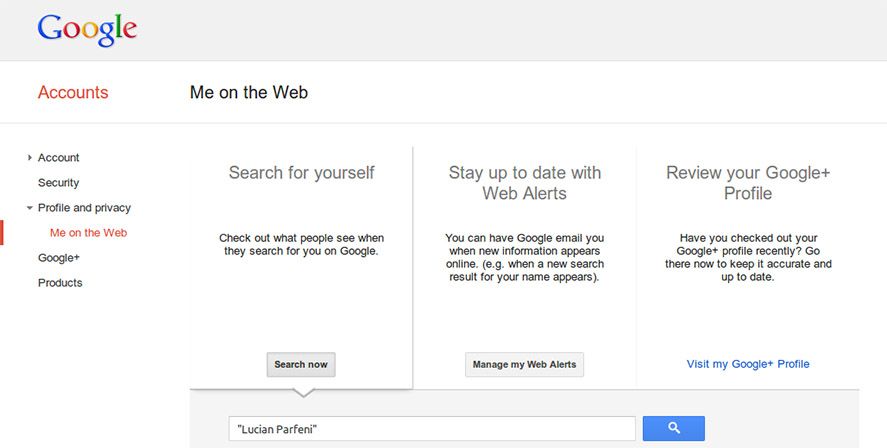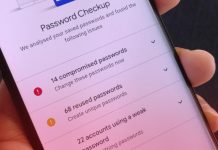Google has developed a tool called ‘Me on the web’ with the aim of offering users an overview of their Internet presence and has established an alert system to send a notification every time someone searches for you on the web or types your name into the search engine. Our personal data is in general very much exposed to third parties, meaning anyone who does the smallest amount of digging can find a lot of information about you. What does Google have to say about you?
You will almost certainly have typed your name into the search bar in an incognito window to see what’s out on the Internet about you, and you’re probably not the only one. Many firms search for information about their employees, including candidates for new positions, in which case it will certainly do you no good whatsoever for them to find all your party photos or tweets complaining about your boss. Like them, any person can access your personal information without much effort, as shown by the advertising campaign on ‘Safe Internet Banking’.

We’ve already explained how to improve your privacy on social networks, and now here is a mini-tutorial on how to use ‘Me on the Web’ so you can remove any sort of information or personal data—if that’s possible—from the Google search engine.
First you have to access this page—by logging in to the browser with your Gmail account—and go to Data tools > View options alongside ‘Me on the Web’. A menu will appear with three categories: Search for yourself, Stay current with web alerts, and Review your Google+ profile. To find out which data are linked to this search engine, you should click on the first option.
If you click Search now you’ll see all the search results containing the name you use on your Google account, which, by default, will be your first and last names. But if you’ve included more info about your work or place of residence on your Google+ profile, you can select more options that ‘Me on the Web’ will offer you automatically, combining your name with the company where you work, the city you were born in, or your email.
From the second category, Stay current with web alerts, you can activate and manage email notifications that arrive every time someone types in your name, email address, or webpage. This tool allows you to add all the alerts you want, so you can set all the desired details to make the results more efficient and not miss out on anything. And, obviously, you can edit and delete them as desired.
The last step is establishing the frequency of the alerts. You just have to go to the drop-down tab and select once a day, once a week, or—the most practical option—as it happens; this will keep your inbox from filling up with junk and you can concentrate on the important ones.
When you’ve completed these steps and looked into how much of your privacy is exposed by the links you appear in, you can take the reins to delete them individually from any web page, whether it’s personal registration information, tweets, or compromising photos.













site about whatsapp status , sad whatsapp status , love whatsapp status, romantic whatsapp status , funny whatsapp status
http://www.whatsapstatus.com